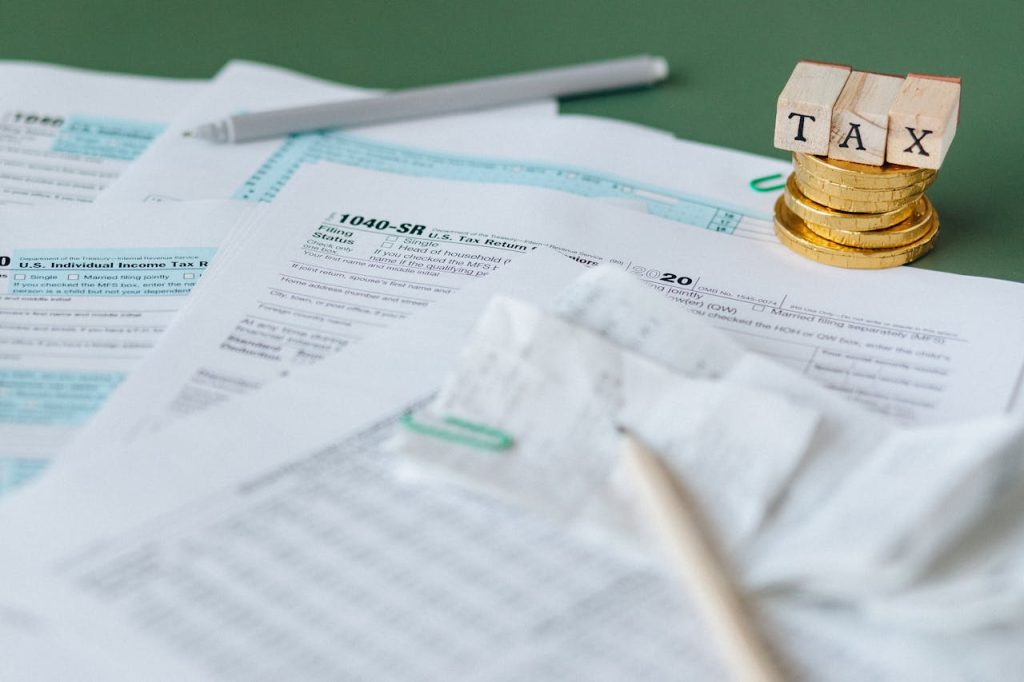
Tax loss harvesting is often hailed as a smart way to reduce your tax bill and boost your investment returns. The idea is simple: sell investments that have lost value to offset gains elsewhere in your portfolio. But as with many financial strategies, the devil is in the details. When done wrong, tax loss harvesting can actually cost you money, create headaches at tax time, or even land you in trouble with the IRS. If you’re thinking about using tax loss harvesting, or you already do, it’s crucial to know where things can go sideways. Here are ten real-world scenarios where tax loss harvesting backfired—and what you can do to avoid the same fate.
1. The Wash Sale Rule Wrecks the Plan
One of the most common ways tax loss harvesting backfires is when investors accidentally trigger the wash sale rule. This IRS rule disallows a tax loss if you buy a “substantially identical” security within 30 days before or after selling the original investment. Many people, eager to stay invested, repurchase the same stock or fund too soon, only to find their tax loss is denied. To avoid this, always double-check your trades and consider swapping into a similar, but not identical, investment for at least 31 days.
2. Missing Out on Market Rebounds
Tax loss harvesting can mean selling investments at a low point. If the market rebounds quickly, you might miss out on gains while you’re sitting on the sidelines or holding a replacement that doesn’t perform as well. This is especially painful if you sold a quality stock or fund just for the tax benefit. Before harvesting a loss, ask yourself if you’re comfortable being out of that investment for a while, and consider whether the tax benefit outweighs the potential missed upside.
3. Higher Future Tax Bills
Sometimes, tax loss harvesting just kicks the can down the road. By lowering your taxable gains now, you might be setting yourself up for a bigger tax bill later when you eventually sell your replacement investment at a higher price. This is especially true if you’re in a lower tax bracket now than you expect to be in the future. Always consider your long-term tax situation, not just the current year.
4. Accidentally Harvesting Short-Term Losses
Not all losses are created equal. Short-term losses (from investments held less than a year) can only offset short-term gains, which are taxed at higher rates than long-term gains. If you’re harvesting losses, make sure you know whether they’re short- or long-term, and plan accordingly. Sometimes, waiting a bit longer to sell can turn a short-term loss into a more valuable long-term one.
5. Overcomplicating Your Portfolio
Tax loss harvesting often leads investors to buy similar, but not identical, securities to avoid the wash sale rule. Over time, this can create a messy, complicated portfolio that’s hard to manage and track. Too many overlapping funds or stocks can dilute your investment strategy and make rebalancing a nightmare. Keep your portfolio simple and only harvest losses when it truly makes sense.
6. Ignoring Transaction Costs
Every time you buy or sell an investment, you may incur trading fees, bid-ask spreads, or even mutual fund redemption fees. These costs can eat into, or even outweigh, the tax benefits of harvesting a loss. Before making any trades, calculate the total cost and make sure the tax savings are worth it.
7. Triggering State Tax Surprises
Federal tax rules get most of the attention, but state tax laws can be very different. Some states don’t allow certain capital loss deductions, or they have their own rules about wash sales and offsets. If you’re not careful, you could end up with a nasty surprise on your state tax return. Always check your state’s tax rules before harvesting losses.
8. Forgetting About Mutual Fund Distributions
If you harvest a loss in a mutual fund, you might still receive a year-end capital gains distribution from the fund itself. These distributions can create unexpected taxable income, even if your own investment lost money. Always check a fund’s distribution history and schedule before making trades for tax loss harvesting.
9. Overestimating the Benefit
Many investors overestimate how much tax loss harvesting will actually save them. The benefit depends on your tax bracket, the size of your losses, and your overall gains. Sometimes, the savings are minimal, especially if you don’t have many gains to offset. Use a tax calculator or consult a professional for a realistic estimate before moving.
10. Letting Taxes Drive Investment Decisions
The biggest pitfall of tax loss harvesting is letting the tax tail wag the investment dog. Selling a solid investment just for a tax break can undermine your long-term goals. Tax loss harvesting should be a tool, not a strategy. Always make investment decisions based on your financial plan, not just your tax bill.
Smart Tax Loss Harvesting: Lessons Learned
Tax loss harvesting can be a powerful way to manage your tax bill, but it’s not a magic bullet. As these examples show, it’s easy to make mistakes that cost you more than you save. The key is understanding the rules, weighing the true benefits, and keeping your investment goals front and center. If you’re unsure, working with a qualified tax advisor or financial planner can help you avoid costly missteps and make tax loss harvesting work for you.
Have you ever tried tax loss harvesting? What worked—or didn’t work—for you? Share your story in the comments below!
Read More
Stop Reading About Last Year’s Top Ten Mutual Funds
The post 10 Times Tax Loss Harvesting Backfired appeared first on The Free Financial Advisor.







